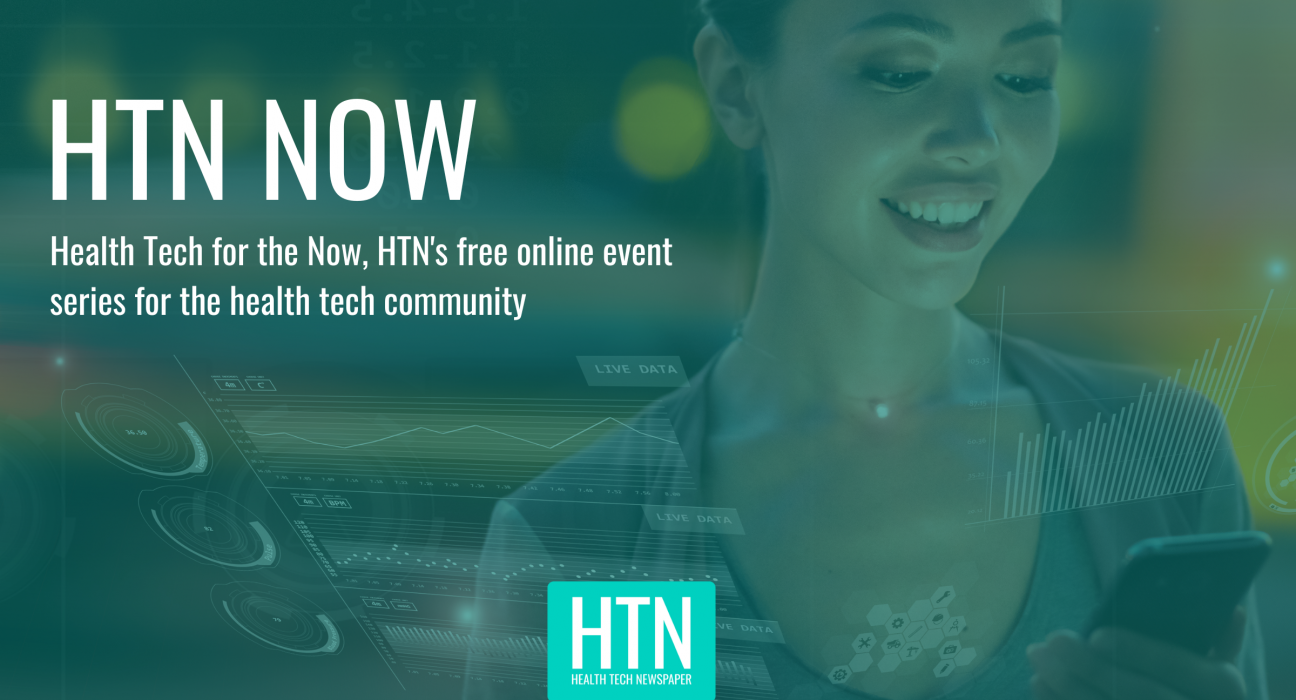
Following the growing adoption of EPR systems across the country and a clear focus on NHS frontline digitisation, electronic document management plays a key role in supporting an organisation’s digital capability, providing access to unstructured information – clinical documents, medical images and patient record files. As well providing significant savings in the cost or paper records storage and the associated management of paper based medical records.
CCube Solutions, notes this as “creating a true single source of patient information means capturing and consolidating this unstructured content or information, and linking it to the EPR. A comprehensive EDMS is an essential component of the digital architecture of every hospital and ICS, as it ensures that each and every element of the patient record can be stored in an integrated and well-structured digital platform.”
The company also cites as much as 80% percent of the information that exists about a patient is unstructured.
HTN spoke to Alistair Eaton, CEO of CCube Solutions, to hear his views on the key drivers for success with EDMS programmes, its role in the wider digital vision, and the road ahead for EDMS…
Alistair said: “We believe that any NHS organisation seeking to implement an EDMS should keep their focus on two key objectives that will influence the success of their project.
“These objectives are ensuring the delivery of a first-class user experience to encourage your staff to adopt and use the solution; and realising the operational and cash-releasing benefits that underpin the business case.
“With user experience and adoption, there are some key points that need to be considered. Firstly, the EDMS needs a rich front-end EDMS/EPR integration, so you need to be sure that your chosen partner and platform can deliver this. You then need to present users with an intuitive document structure that improves upon the paper file structure. The path to success with this starts with a cohesive strategy for the digitisation of paper-based records and the consolidation of digital content from disparate systems. All parties involved in this process need a clear vision of how meta-data will be captured to enable that intuitive structure to be achieved. Then there is stakeholder engagement, with a need to ensure that everyone from medical records to IT to system users and clinical leaders are involved in the project.”
What’s the role of EDMS in a wider digital vision?
“Wherever a healthcare organisation is on its digitisation journey, EDMS has a major role to play.
“For organisations early in their EPR journey, EDMS can assist with the process of getting the organisation ‘ready’ by optimising records and achieving operational efficiencies ahead of wider EPR adoption; and can also contribute to financial savings that could then be used to support EPR projects.
“For those with a more mature EPR deployment, EDMS will support clinical processes that are outside the EPR’s scope or may present challenges around digitisation. A comprehensive EDMS is an essential component of the digital architecture of every hospital and ICS.”
Where next? Cloud-based EDMS (EDMS-as-a Service)…
With many NHS organisations moving towards a cloud-first strategy, the company provides both locally-hosted and cloud-based versions of its electronic document management system.
Alistair notes: “Many of our customers have been running on-premise versions of CCube EDMS for over 15 years. Alongside, the EPR, departmental and specialist systems, the EDMS is critical to supporting the clinical processes across these NHS Trusts and their wider healthcare economy. Many of these systems now store hundreds of millions of digital artefacts and so the overheads of procuring and maintaining traditional server and storage technology is starting to make less sense compared to using cloud technology.
“More and more NHS Trusts are adopting a cloud-first strategy but to what end? Consuming cloud services as opposed to running your own IT systems transfers responsibility from the customer to the provider but will that always deliver a better service to frontline clinical services? For EDMS, the advantages of cloud are significant A well architected document management solution which adopts native cloud technologies for storage, scalable processing, data security and cyber security, as well as OCR and AI services will provide levels of reliability, performance and security that go way beyond what is realistically achievable with locally managed infrastructure. And it’s all done in a more cost-effective way.”





